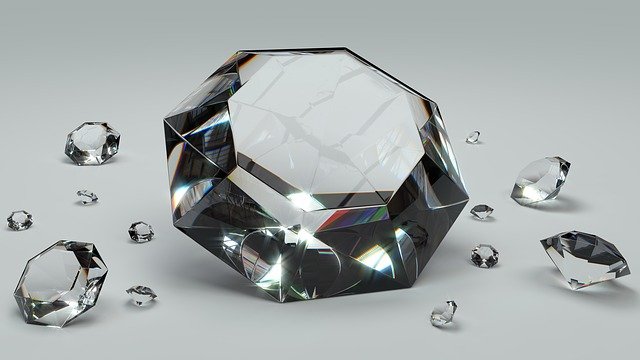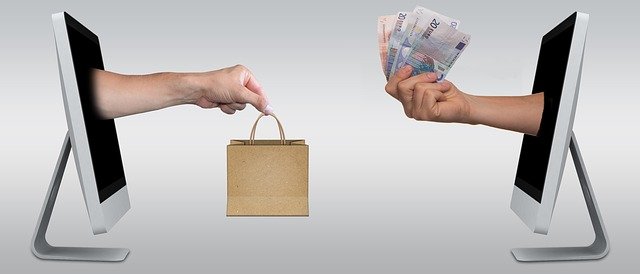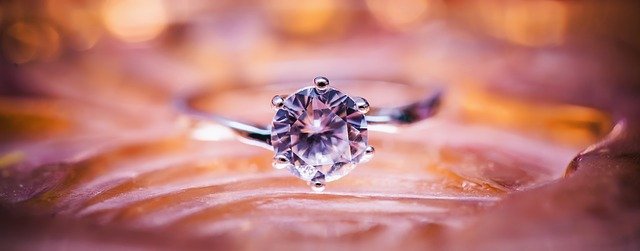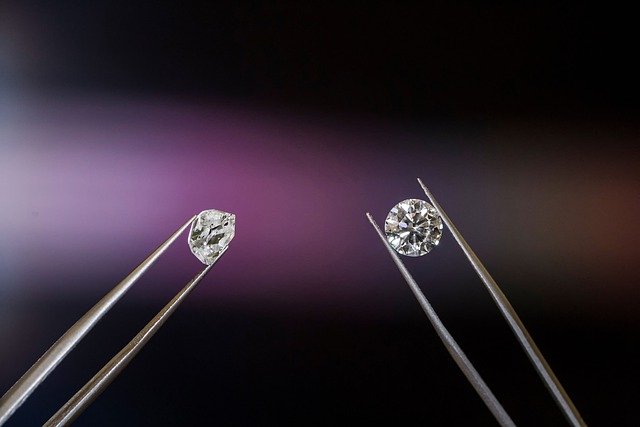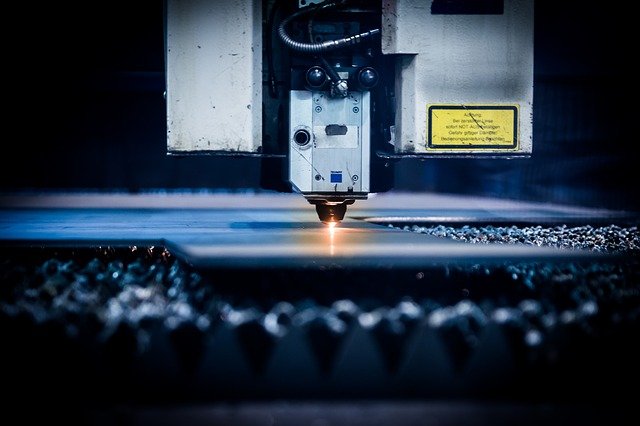Purchasing a piece of jewelry is now simple. You may stroll into any jewelry shop and make an immediate purchase. When you’re attempting to sell it, the opposite is the case.
Diamonds are the most used jewelry items these days, either as a symbol of getting married and carrying down family traditions or a gift for someone special. However, there are times when you may desire selling diamonds. The reason could be financial issues or the desire to let go of memories that now exist shattered.
What To Know When Selling a Diamond
Purchasing a piece of jewelry is now simple. You may stroll into any jewelry store and make an immediate purchase. When you are attempting to sell it, the contrary is happening. Let us take a glance at helpful tips for selling diamonds.
1. Check the 4C’s
Many people who have lately purchased a diamond are undoubtedly already familiar with the 4C’s:
- Carat
- Cut
- Clarity
- Color
The 4C’s, on the other hand, scrape the surface of its grading and market worth.
| A Quick Review | |
| Carat | This is the most fundamental and well-known component of diamond value. The weight of a diamond exists measured in carats, with one carat equaling. 0.2 gram |
| Color | Color grades range from D to Z, with D being absolutely devoid of color and therefore extremely expensive, and Z having a yellow tone and thus being less desirable. |
| Cut | The quality of a gets determined by the difference between the thickest and thinnest points on a scale. The scale ranges from outstanding to very good to good to fair. When the area is between thin, and somewhat thick, it is said to have a good cut. |
| Clarity | The clarity of a diamond is difficult to judge with the naked eye. An appraiser must utilize specialized equipment to detect imperfections and inclusions (internal flaws). A diamond with no-fault exists graded as internally flawless (IF). |
2. A Grading Certificate From a Gemological Lab
Diamonds are a significant commodity. If you’re selling a diamond, the other party will almost certainly seek verification and confirmation of the gem’s attributes from you. Getting it graded by an established gemological lab is the best approach to build a standard trust.
The information on the specific weight, 4Cs is included in the grading certificate supplied by such organizations. The grading gets done by a neutral third party, any prejudiced opinions from both parties get eliminated. You could also want to consider having an appraisal done by a local appraiser.
Once your diamond gets assessed, you may have a better idea of the item’s worth in the market.
Moreover, with the grasp of value, you can offer and analyze agreements more effectively. You might also compare it to a pricing list known as the Rapaport report, which jewelers use to benchmark prices for a more precise estimate of the diamond’s worth.
In a nutshell, Rapaport pricing is the standard “high cash asking price” that diamond buyers and sellers utilize to make trades.
Some businesses use this list as a guide when pricing their products in stores. Because Rap prices exist based on current market conditions for a standard type and grade of diamond, the ratio between the Rapaport value and the selling price of your diamond may provide insight into the deal’s efficiency.
| Top Gemological Lab | |
| GIA – Gemological Institute of America | In California, a non-profitable institute |
| IGI – International Gemological Institute | Certifies diamonds, colored stones, and jewelry. |
| AGS – American Gem Society | Located in Nevada, founded in 1934 by Robert M. Shipley. |
| HRD – Hoge Raad voor Diamant | In Belgium, a jewelry certification organization |
3. Laser Inscription
The inscription has become more common as the value of a reliable test result has increased. The etching of the grading report number connected with the stone is part of the inscription process. It exists to ensure that jewelers, resellers, or handlers do not substitute a lower-quality stone for the original. It also aids in the investigation and recovery of diamonds that might get stolen.
Moreover, plotting and laser inscription are the two methods available. Plotting used to be the most standard approach to carve a diamond’s value onto it. However, it got discovered that this procedure harmed the stone’s purity. Laser inscriptions have since become the new standard, as they have almost no negative impact on the stone’s quality. Demands for laser inscriptions are increasing among jewelers and consumers as consumers become more knowledgeable.
4. Importance Of Cut Grade
Do you know that the cut grade was previously not listed on diamond reports and got frequently disregarded by consumers? Now that it’s part of the grading system, “excellent cut” is assigned to 80 percent of diamond cut grades, increasing their worth by 12 percent!
The cut grade of a diamond exists divided into two categories.
| Categories of Cut Grade | |
| Polish | The polish relates to the diamond’s surface quality |
| Symmetry | Symmetry refers to the diamond’s shape precision when examining the facets’ arrangement. |
These two elements each have their grading system, which adds up to the total cut grade.
5. Fluorescence
Fluorescence is a chemical reaction involving trace minerals that result in a “glowing” effect when exposed to UV light. Fluorescence affects the perception of natural color, and while it isn’t universal, fluorescence can vary the look of natural color depending on its strength and color.
Furthermore, fluorescence was one taken as a negative for a diamond’s worth. However, contemporary research showed that fluorescence had both positive and negative effects on a diamond’s value. Blue fluorescence is the most prevalent (more than 95 percent), and this can have a favorable effect by making a diamond appear whiter. Fluorescence can make a diamond appear “oily,” lowering its value, whereas poorer color grades with fluorescence might raise it.
6. Market Demand & Rarity
While virtually flawless diamonds exist, their scarcity gets them heavily costly, particularly in bigger carat sizes or naturally colored stones. With another example, a diamond can have excellent scores but be in an unfamiliar shape. Sure, each customer has their preferences, but it is common knowledge that some forms are more popular and valuable than others. The round perfectionist cut, for example, has remained fashionable for a long time, although the marquise-shaped diamond peaked in the 1980s. This effect has been observed at Worthy in the ultimate resale regardless of its grade.
Bottom line
A diamond is an expensive investment, and knowing more about it can help them make better buying and selling decisions.
We recommend checking out How The Engagement Ring Industry Is Changing? The information might help you demonstrate to a customer that you know what you’re doing and have reasonable price expectations.

